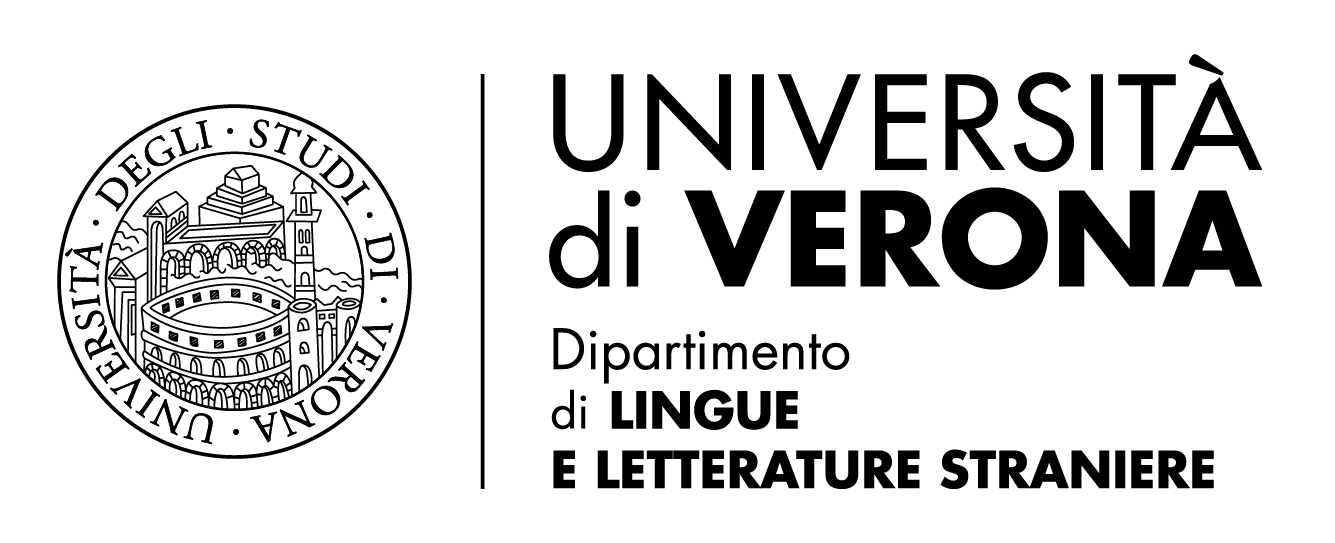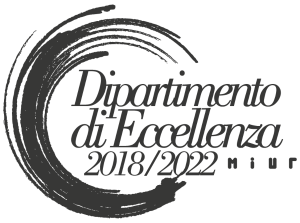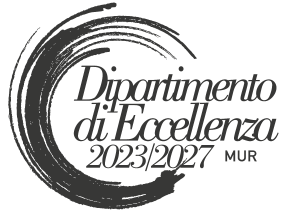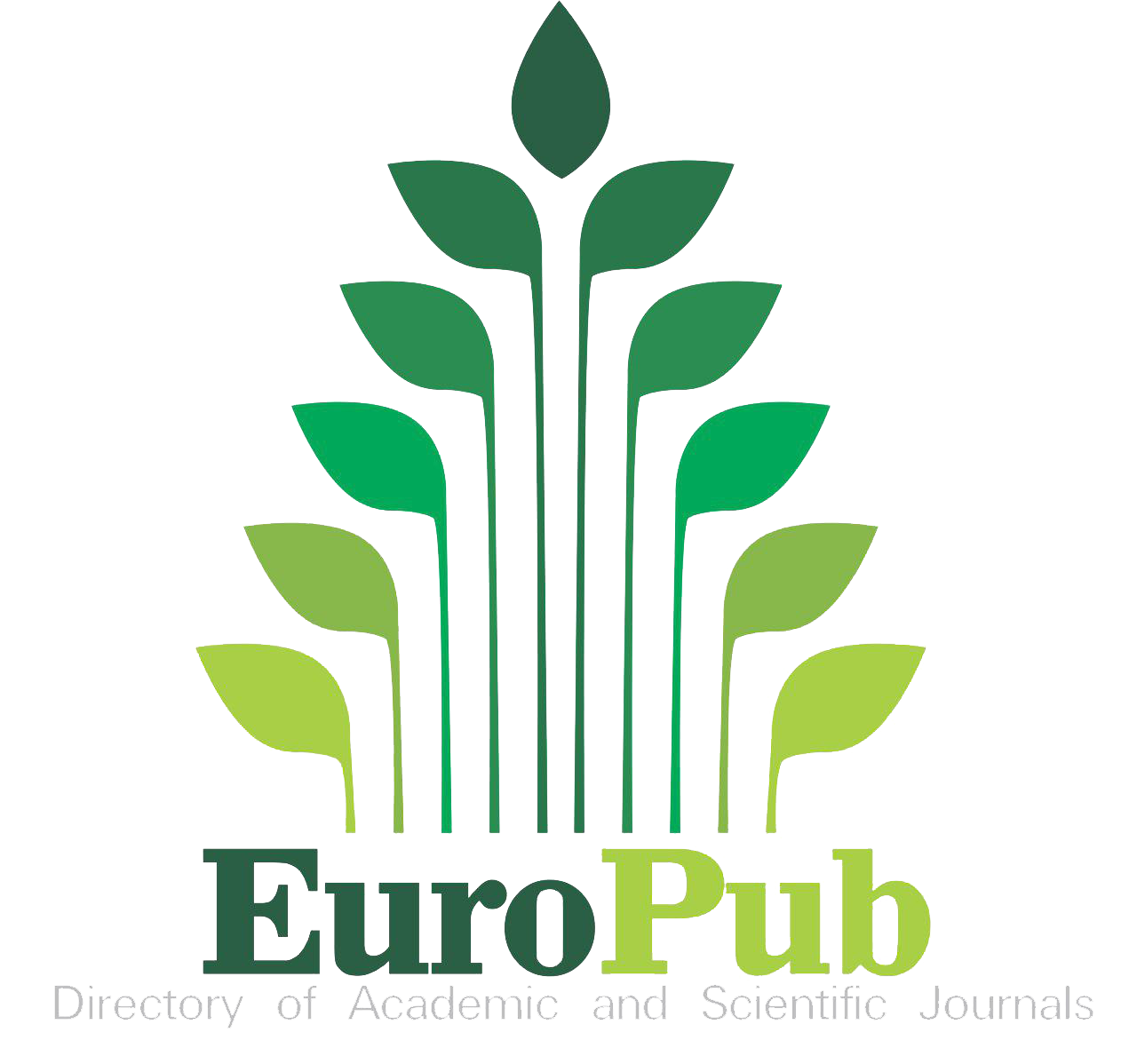Water Agency from Virginia Woolf to Jane Urquhart, Piloted Across the Atlantic by Rachel Carson
“To the lighthouse! If it’s fine tomorrow!"
DOI:
https://doi.org/10.13136/2281-4582/2025.i25.1618Parole chiave:
Atlantic Ocean, Lighthouses, Oceanic currents, Climate change, StormsAbstract
Moving from Rachel Carson’s studies on Atlantic oceanic currents – which have proven to be disastrous once they crash against the coasts of Great Britain in their circulatory movement from north to south and back eastwards, to the point of creating massive damages to human-made infrastructures, including lighthouses – this contribution analyzes first how this juncture is evoked in Virginia Woolf’s novel To the Lighthouse (1927), and second how this same theme is presented in the novel by Canadian author Jane Urquhart, Sanctuary Line (2010). Ever since Virginia Woolf iconized weather reports and weather conditions as indispensable frameworks for a day trip to a local lighthouse on the coasts of Britain, certainly long before climate change became a concern and nevertheless anticipating today’s ecological reasonings in an ingenious way, lighthouses have undergone major transformations. For instance, from being man-maintained – if not family maintained, as in Woolf’s novel – lighthouses have been computerized and completely deprived of human presence; above all, they are more and more targets to oceanic – increasingly devastating – surges, as happens in Urquhart’s novel. This matter-of-fact evidence necessitates to be discussed through the framework of the Blue Humanities. Amitav Ghosh with his essay The Great Derangement (2019), Rachel Carson with her Sea Trilogy, and particularly The Sea Around Us ([1950] 2021), and ecocritical blue ecology (Mentz 2024; Oppermann 2023; Regazzoni 2022) are among the references here considered for an ecocritical approach to the texts. This approach corroborates and reinforces Rachel Carson’s intuitions of seventy years ago, while showing their urgency nowadays. In conclusion, the interaction between oceans and lighthouses in the novels here analyzed, particularly if read through the lens of the Blue Humanities, inevitably leads to a new consciousness and a breach in our imagination of rising sea-level and on its more and more serious effects on our coasts.
Riferimenti bibliografici
Akomolafe, Bayo. These Wilds Beyond our Fences. Berkeley: North Atlantic Books, 2017.
Auerbach, Erich. Mimesis: The Representation of Reality in Western Literature. 1946. New Jersey: Princeton University Press, 1953.
Barad, Karen. Meeting the Universe Halfway. Durham: Duke University Press, 2007.
Bloom, Harold. Interpretations: Virginia Woolf’s To the Lighthouse. New York: Chelsea House Publishers, 1988.
Carson, Rachel. The Sea Trilogy. 1941, 1950, 1955. Edited by Sandra Taylor. New York: The Library of America, 2021.
Cohen, Jeffrey Jerome and Stephanie Foote, edited by. The Cambridge Companion to Environmental Humanities. Cambridge: Cambridge University Press, 2021.
Crane, Stephen. The Open Boat. Illustrated by Will H. Bradley. New York: Doubleday, 1898.
Dobrin, Sidney I., Blue Ecocriticism and the Oceanic Imperative. New York: Routledge, 2021.
Gills, John. “The Blue Humanities.” Humanities: The Journal of the National Endowment for the Humanities 34.3 (2013). https://www.neh.gov/humanities/2013/mayjune/feature/the-blue-humanities. Last visited 05/06/2025.
---. The Human Shore: Seacoasts in History. Chicago: University of Chicago Press, 2012.
Ghosh, Amitav. The Great Derangement. Chicago: University of Chicago Press, 2019.
Kant, Immanuel. Critique of Judgement. 1790. Translated and with an introduction by J.H. Bernard. New York: Hafner Publishing Co., 1951.
Ladino, Jennifer K. “What is Missing?: An Affective Digital Humanities.” Resilience: A Journal of the Environmental Humanities 5.2 (2018): 189-211.
Lee, Hermione. “To the Lighthouse: Completed Forms.” Modern Critical Interpretations: Virginia Woolf’s To the Lighthouse. Edited by Harold Bloom. New York: Chelsea House Publishers, 1988. 9-26.
Mentz, Stephen. An Introduction to the Blue Humanities. New York: Routledge, 2024.
Oppermann, Serpil. Blue Humanities. Cambridge: Cambridge University Press, 2023.
Regazzoni, Simone. Oceano. Firenze: Ponte alle Grazie, 2022.
Rumiz, Paolo. Il Ciclope. Milano: Feltrinelli, 2015.
Shone, Richard. The Art of Bloomsbury. London: Tate Gallery Publishing, 2000.
Swarup, Shubhangi. Latitudes of Longing. Delhi: Harper Collins India, 2018.
Thieme, John. Postcolonial Con-Texts: Writing Back to the Canon (Literature, Culture, and Identity). London: Continuum, 2001.
Urquhart, Jane. Sanctuary Line. Toronto: McClelland & Stewart, 2010.
Woolf, Virginia. The Letters of Virginia Woolf. Edited by Nigel Nicolson with Joanna Trautman, 6 vols. New York: Harcourt Brace Jovanovich, Inc., 1977.
---. To the Lighthouse. 1927. London: Penguin, 1992.
Zalasiewicz, Jan. “The Extraordinary Strata of the Anthropocene.” 2017. Environmental Humanities: Voices from the Anthropocene. Edited by Serpil Oppermann and Serenella Iovino. London: Rowan and Littlefield, 2017. 115-131.
Zalasiewicz, Jan, et al. The Anthropocene as a Geological Time Unit. Cambridge: Cambridge University Press, 2019.
Witze, Alexandra. “It’s Final: The Anthropocene Is not an Epoch, Despite Protest over Vote.” Nature 20 March 2024. https://www.nature.com/articles/d41586-024-00868-1. Last visited 09/06/2025.
Dowloads
Pubblicato
Fascicolo
Sezione
Licenza
Copyright (c) 2025 Carmen Concilio

Questo volume è pubblicato con la licenza Creative Commons Attribuzione 4.0 Internazionale.
Iperstoria è una rivista accademica ad accesso libero.
a. Gli autori e le autrici detengono il copyright e danno alla rivista il diritto per la prima pubblicazione con il contributo sotto licenza Creative Commons BY (4.0) che permette di condividere l’articolo con il riconoscimento della prima pubblicazione su questa rivista.
b. Gli autori e le autrici possono inoltre stabilire ulteriori direttive contrattuali per la distribuzione non esclusiva della versione del contributo pubblicata sulla rivista (es. ripubblicarlo in archivi istituzionali o in un volume), con uno specifico riconoscimento della prima pubblicazione su questa rivista. Chiediamo pertanto agli autori e autrici di contattarci nel caso di eventuali ripubblicazioni.






